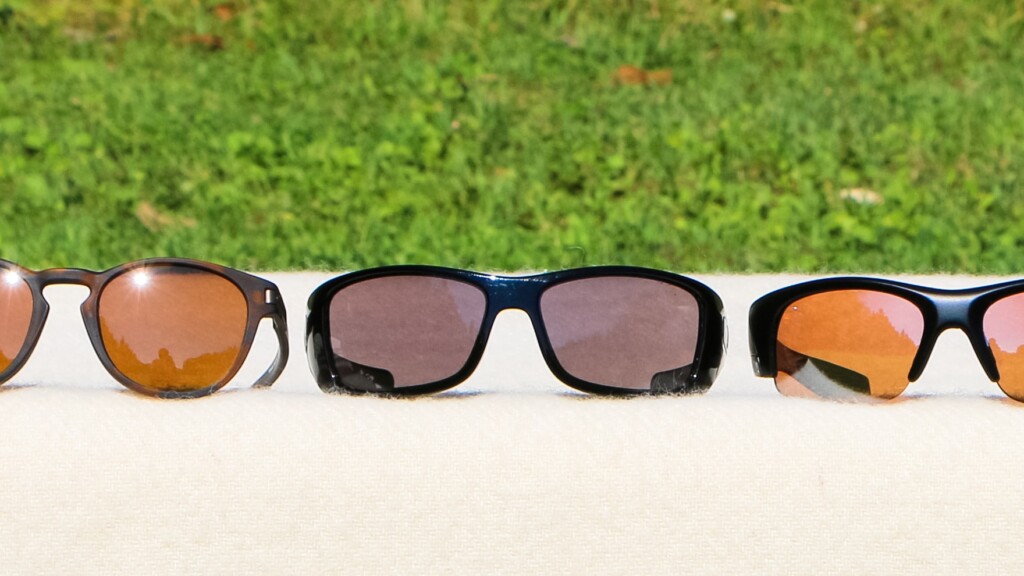
Comparative review: The world is different depending on whether it is "has" or "not". We've compared various sunglasses that can be used outdoors
On the previous page, we introduced the evaluations and specs of each item we compared, as well as recommended models based on them. From here, we will explain what criteria were used to evaluate the evaluation and why it was evaluated in that way.
table of contents
Detailed reviews of each item
Visibility
When choosing a lens, ultraviolet transmittance, visible light transmittance, and miscellaneous light cut rate (polarization degree) are important.
Visible light transmittance
This refers to the proportion of light passing through itself. Of course, if the transmittance is low, it cuts light, and if it gets higher, it will pass through.
Visible light transmittance varies depending on the lens color. The higher the transmittance, the thinner the lens color. If the transmittance is low, the lens color will become darker and reduce strong sunlight, but the vision will inevitably become darker. Incidentally, all four models have visible light transmittances in the range of 10-30%. It is generally said that this is suitable for use during the daytime zone or on days with strong sunlight. In other words, it seems to be the perfect range for climbing.
UV transmittance
If the UV transmittance is below 1.0%, it means that UV rays above 99% have been blocked. Incidentally, there is no relationship between ultraviolet transmittance and lens color. I'm ashamed to say that if the lens color is dark, it can prevent UV rays. This four models are blocked from over 99% of UV rays. Today's sunglasses have almost UV transmittance of less than 1%, but this is one of the things you should always check when choosing one.
Miscellaneous light cut rate (polarization degree)
This refers to the proportion that cuts off reflections (miscellaneous light) such as glare on the surface of the water or shining from the asphalt. The higher the percentage, the cleaner the view. Since it is not possible to cut off miscellaneous light simply by making the lens darker, it is used to hold a special polarizing filter between the lens to cut off miscellaneous light. The inexpensive sunglasses I prepared this time were not polarized lenses, so miscellaneous light was still stressful. Also, when you look at the surface of the water, the light reflects, clearly indicating the difference in effect with a polarized lens.
The above three ratios are key to creating a good field of vision.
The weather is prone to fluctuations while climbing, so sunglasses that ensure good visibility in any weather can be helpful. As mentioned above, the visibility of the KAENON HARD KORE is overwhelming. It reduced glare, increased contrast even in unsightly weather conditions with cloudy sky, made the boundaries of objects clear, and created a clear field of vision. I also felt a clearer vision with the Oakley Latch than when I was naked. The experience is truly beyond surprise and moving.
Wide view
The field of view is determined by the size of the lens and the lens curve. The KAENON HARD KORE had the widest field of vision. The large lens and the right lens curve allow you to see everything through the lens, making it even more fun to forget that you were wearing sunglasses. Also, if you have a model with an under-rim, your vision will be obstructed when looking at your feet. Needless to say, the Oakley Latch has a Boston lens shape and does not have a lens curve, so there is no feeling of the eye being covered and the field of vision is narrowed.
Storageability
This time, Montbell was overwhelmingly excellent in storage. It can be folded up to the palm size, making it surprisingly compact, and fits in your pocket, making it a very high point. When you're having to remove your sunglasses while climbing, I'm sure there are many people who put them in the included hard case and store them in their backpacks. I did that too, but this is quite troublesome and stressful. However, it's a bit uneasy to store it in a backpack without putting it in a case, as it may get scratched. Considering this, it's very easy to operate if it's sized so that it can be stored in a pocket after it's in the case.
A sturdy hard case included is very helpful.
Durability
As expected, if the frame is thick, you can feel secure even if you handle it in a slightly rough manner. It becomes an important item in the field. I think I often use gloves when wearing them, so I think the thicker frame is easier to handle. The KAENON HARD KORE and SWANS STRIX I-0151 have a thick frame and a thick lens, so I felt at ease. On the other hand, the mont-bell PL trekking glasses and Oakley latch had thin frames and had to be operated with care.
Holding power and fit
If the sunglasses are held firmly on the head and do not fit your face, they will slip out due to exercise, allowing wind and foreign objects to enter through the gaps.
This time, we tested the inflow of wind while the fan is set to "strong". There was no model that could completely prevent the inflow of wind, but the KAENON HARD KORE , SWANS STRIX I-0151 (with under rim) , and the mont-bell PL trekking glasses were a lot of work. Oakley latch is not recommended on windy days. Models with under-rims provide a better fit and prevent air from flowing from underneath. The KAENON HARD KORE does not have an under rim, but the large lens fits perfectly to prevent wind from flowing in.
In addition, the anti-slip material that is processed in the nose and temples is very important and increases the hold force. In particular, if the lighter model does not fit the nose and temples firmly, the sunglasses will slip when exercising vigorously. My favorite part of this was the mont-bell PL trekking glasses It was lightweight at 23g and the nose and temples firmly hold the head, so I didn't feel any stress or heavy. The SWANS STRIX I-0151 also has excellent hold power. The anti-slip material made of rubber on the nose made of the nose can be tailored to the shape of the nose, which was a great feature.
On the other hand, the Oakey Latch is light at 25g, but there is no anti-slip nose and temples, so when I looked down and when I ran, my sunglasses moved, which made me feel stressed.
weight
If your sunglasses are heavy, it can put stress on your nose and ears and cause stress. Lightweight models will be less stressful, but as mentioned above, if they are not held firmly, there is a risk of slipping. Mont-bell PL trekking glasses , SWANS STRIX I-0151 (no under rims) , and Oakey Latch did not feel the weight even after wearing them for long periods of time. The KAENON HARD KORE is 42g, and is heavy out of the four models. After using it for a long time, I still felt a strain on my nose and ears. Lightweight sunglasses are more important than that.
summary
After using the sunglasses this time, I realized that it's not just that the lenses are enough for the sunglasses you use when climbing, but that it's important to have the following elements evenly arranged.
- Lightweight and anti-slip nose and temples, and hold firmly to the head
- It must be a large lens that covers the entire eye and has no gaps
- UV transmittance must be below 1%
- Being a polarized lens
- This lens has a visible light transmittance of less than 30%, and has a high contrast between both sunny and cloudy areas, allowing for good vision.
- The case must be a hard case
When choosing sunglasses, I often decided on how cool it looked and the lens color I like, but if you choose one with these factors in mind, I think you will be able to find more practical sunglasses that will be useful for mountain climbing. Please take a look at this as a reference.
TAC
 Lives in Hokkaido. When it's a holiday, I can't stay still at home, so I do some kind of activity. I immerse myself in mountain climbing, fishing, camping in the summer, snowboarding and smelt fishing in the winter. I'm also a fan of this site and am looking forward to sharing the appeal of gear. We would like to review this from the perspective of not only mountain climbing, but also from a variety of activities.
Lives in Hokkaido. When it's a holiday, I can't stay still at home, so I do some kind of activity. I immerse myself in mountain climbing, fishing, camping in the summer, snowboarding and smelt fishing in the winter. I'm also a fan of this site and am looking forward to sharing the appeal of gear. We would like to review this from the perspective of not only mountain climbing, but also from a variety of activities.
Looking for reviewers
Outdoor Gearzine is always looking for members who love the outdoors and would like to write reviews about outdoor equipment. For more information, please this REVIEWERS page !


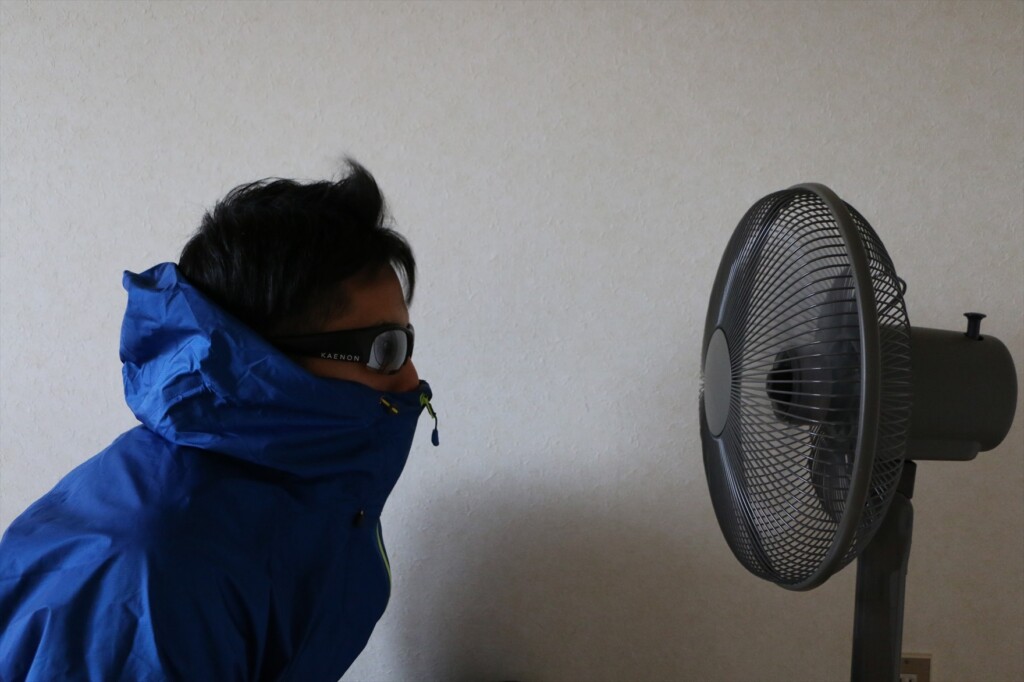
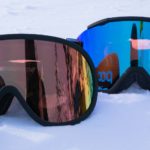 Comparison review: Even though it's cloudy, the snow surface is clear. Let's compare the rumored high contrast goggles for skiing and snowboarding.
Comparison review: Even though it's cloudy, the snow surface is clear. Let's compare the rumored high contrast goggles for skiing and snowboarding.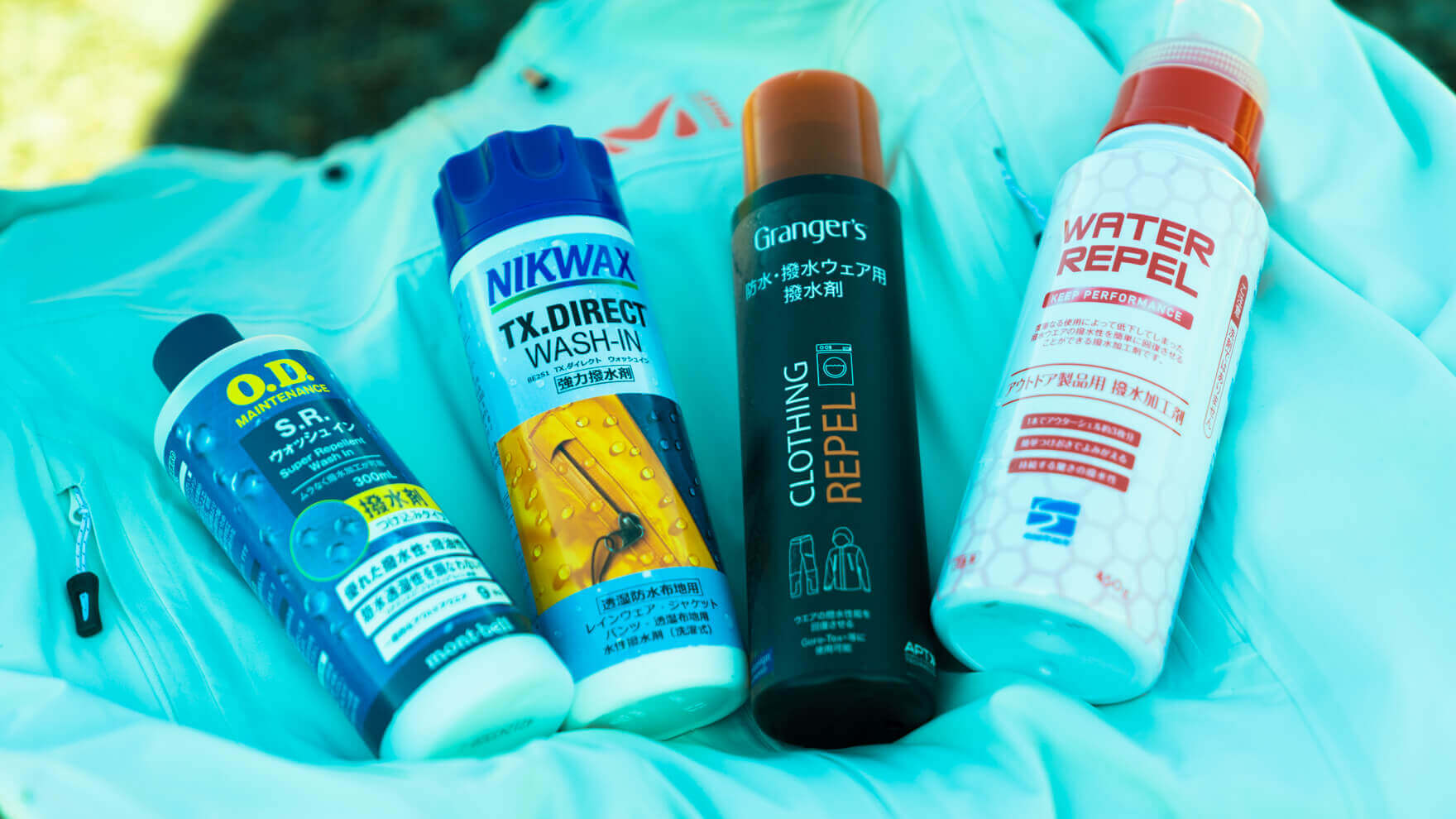 Comparison review: A serious comparison of water repellent agents for those who want to seriously restore water repellent power. Tested at a specialized testing site [Cooperation: MILLET]
Comparison review: A serious comparison of water repellent agents for those who want to seriously restore water repellent power. Tested at a specialized testing site [Cooperation: MILLET]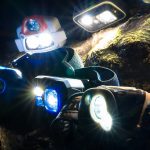 Comparison review: I can't tell if you look at the headlamp in a store, so I compared it to the 2017
Comparison review: I can't tell if you look at the headlamp in a store, so I compared it to the 2017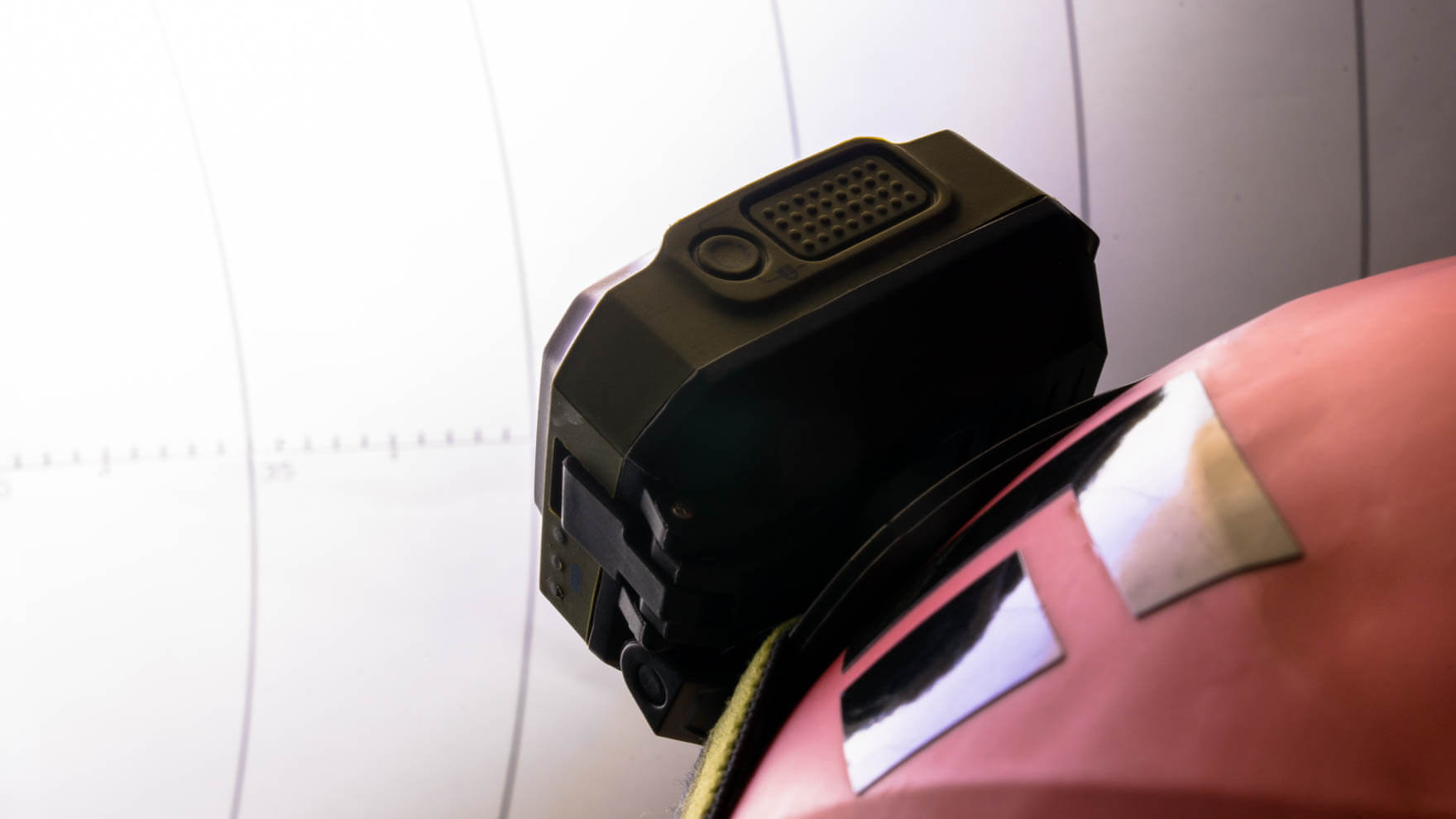 Comparative Review: Finding the Ultimate Outdoor Headlamp 2020 [Detailed Review]
Comparative Review: Finding the Ultimate Outdoor Headlamp 2020 [Detailed Review]